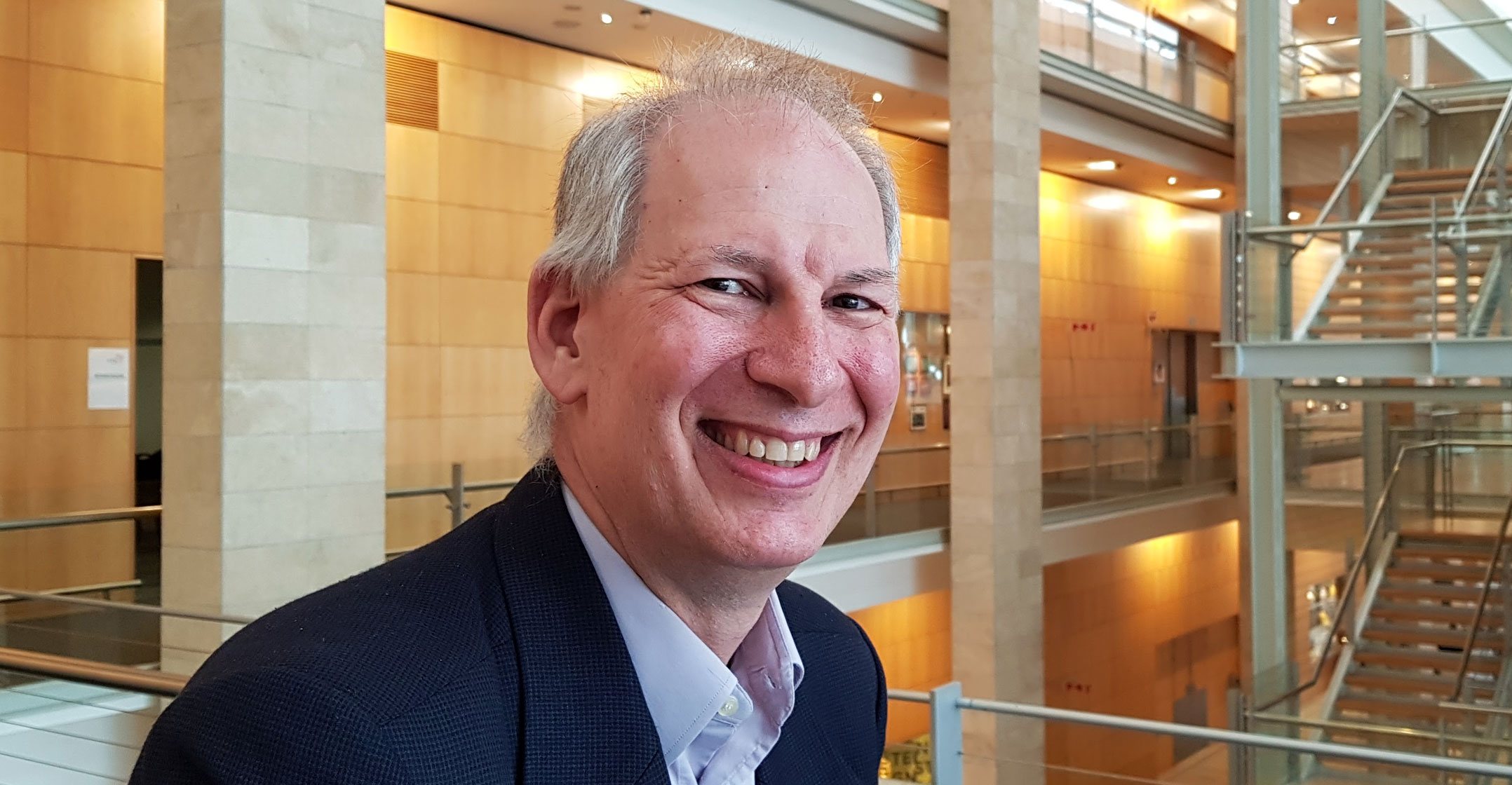
EvoNet, a new company formed out of the Crystal Web stable and backed by well-known ICT industry veterans Shaun Kaplan and Brian Seligmann, will soon come to market, promising high-speed fixed-wireless and fibre infrastructure at lower cost to areas not provided with these services today, both in cities and smaller towns.
The company, which will be led by Kaplan as CEO and Seligmann as MD, will announce two new institutional investors, including a black economic empowerment partner, in the coming weeks. It will launch commercial services under the XtremeTTH brand soon thereafter in selected suburbs.
Seligmann, who has previously worked for multinationals such as Apple and Huawei, said the plans for EvoNet accelerated after he invested in Crystal Web, an Internet service provider founded and led by Kaplan.
“Shaun has been working for some time on EvoNet, with the dream to create an open-access operator,” Seligmann said. The plan, initially, was to create a network that used high-speed wireless technologies to provide access to customers over the last few hundred metres or less using radio spectrum links.
“It looked like a product from a wireless Internet service provider, but without the problems — crappy software and bad network design. The idea was to build a network that looked like and cost the same as a fibre network, but which was wireless,” he said. Eventually, though, the company decided to provide access directly via fibre, and where that didn’t make sense to use wireless.
“We created XtremeTTH, not tied to any specific technology.”
Seligmann isn’t disclosing much detail on exactly how EvoNet plans to reduce the costs of existing fibre providers, but he said local fibre-to-the-home companies have simply duplicated the model used in international markets — and that this won’t work in less affluent suburbs.
Cost model
“The cost model is relatively high. It also means that deployments cycles are long. We took a bottom-up look. Let’s assume there are no constraints, let’s assume we can design and build anything we like, how do we build an ideal network in South Africa where deployment conditions are different?”
He claimed that EvoNet will be able to build infrastructure at 25% of the cost of big players such as Vumatel and Openserve and will bring customers online within 120 days of identifying a site for roll-out.
“It’s predominantly fibre, but where we can’t do fibre we use fixed-wireless equipment with some very clever software that turns vanilla fixed-wireless equipment into something that looks a lot more like fibre,” Seligmann said.
The company will use fixed-wireless access where topology is an issue, or in housing complexes where body corporate rules prevent aerial or trenched fibre.
“We have three fibre deployment methodologies: the preferred is aerial, the second is a non-trenched, non-aerial fibre (along walls, for example) and the third is trenched,” he said. Where it deploys wirelessly, it uses a combination of unlicensed and “light-licensed” spectrum (in bands around 60GHz). “We put up micro-points-of-presence, which are distributed throughout the area. These are visually unobtrusive and keep radio link distances down to a minimum while keeping concurrent sessions on each radio link low.”
EvoNet has begun construction in 12 suburbs already, including some on Johannesburg’s West Rand (around Krugersdorp) and in southern Johannesburg and southern Pretoria. He said the company intends going into smaller towns, where there is no fibre broadband infrastructure.
Smaller towns
“Smaller towns are only unaffordable if you use conventional builds. The Vumatel model assumes customers are in LSM8-10 (upper living standards measures). We can afford to go down to a lower LSM number because our customers are not the wealthy leafy green suburbs of northern Johannesburg. Our customers are anyone who can afford a DSL (copper Telkom) line.”
The network will be operated on an open-access basis, meaning Internet service providers can sell capacity on it.
“We will start taking sign-ups from customers in the next two or three weeks and will have our first live customers in the next 12 weeks,” Seligmann said. — (c) 2017 NewsCentral Media




